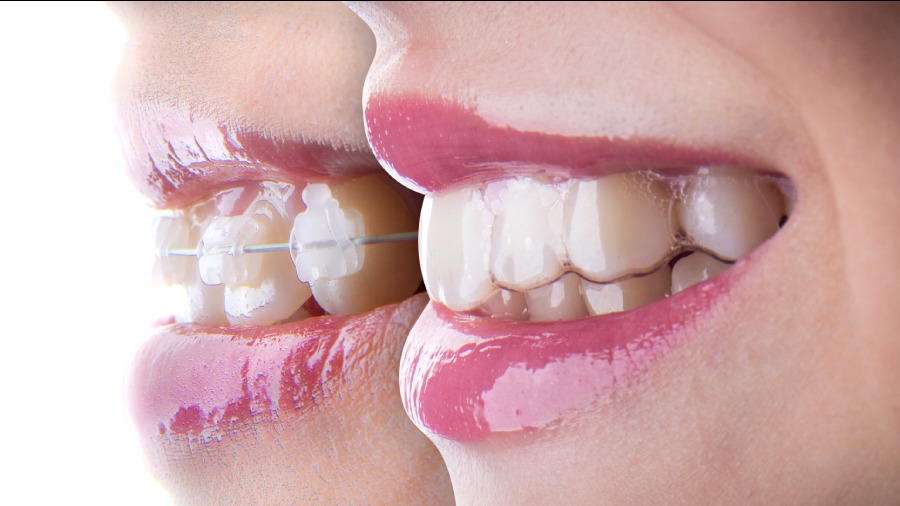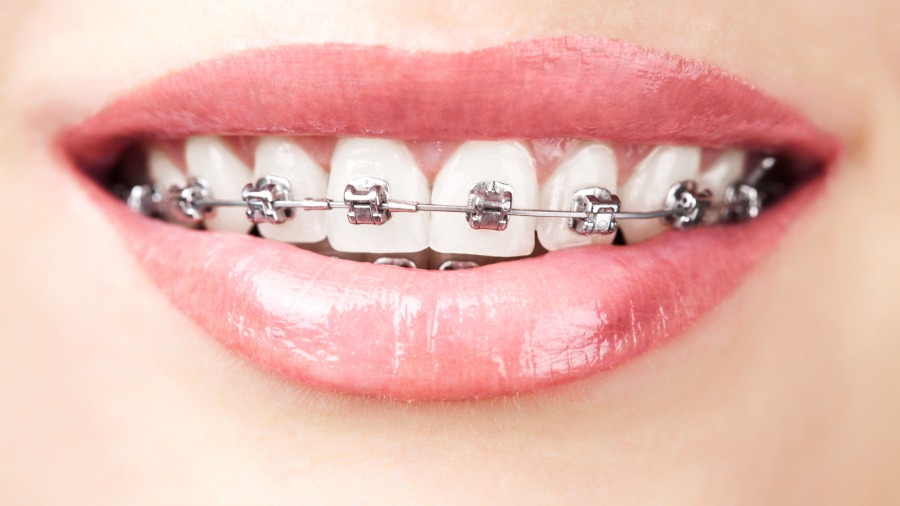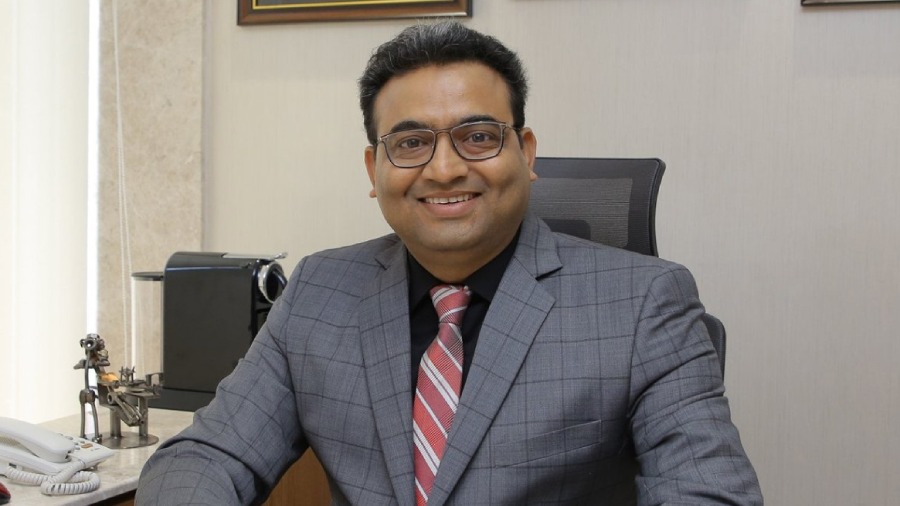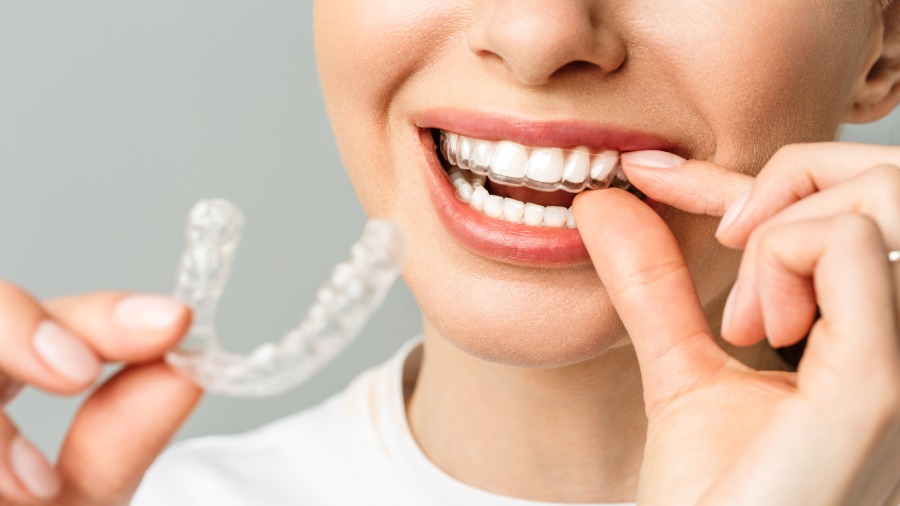How many of us have envied those dazzling perfectly straight, well-aligned pearly whites on toothpaste advertisements? Don’t we all wonder how lucky it is to have a celebrity smile? Our smile is an integral part of our persona and can greatly affect our confidence if it is affected by any kind of developmental or environmental factors. Regret in adults over missing out on taking corrective action for crooked teeth during early teens is fairly common.
Abnormal dental features like crooked teeth, spacing between teeth, missing or poorly formed teeth, or bite discrepancy can lead to poor aesthetics and functional issues. Urban myths which associate crooked teeth with luck or a superstition like tossing a fallen out baby tooth over your shoulder and looking back would cause teeth to grow crooked make good granny’s tales, but the truth, of course, is rooted in science.
Causes of poorly aligned teeth
• Thumb sucking: Pressure applied consistently by thumb sucking habit during early childhood can make the teeth to grow crooked.
• Tongue thrusting: Tongue thrusting can cause protruding upper teeth.
• Misaligned teeth: This happens when there is a discrepancy in the size of the upper or the lower jaw. This can cause issues such as overbite and under bite. If the upper set of teeth protrudes over the lower teeth, it’s termed as an overbite and in an under bite, the lower set of teeth protrudes under the upper teeth.
• Genetics: If the crooked teeth problem runs in the family, the children are likely to have crooked permanent teeth too.
• Facial injury: Any injury to the jaws or infection in jaws during childhood can result in poorly aligned teeth or bite.
Problems due to crooked teeth
• Gum disease: Proper dental care in mal-aligned teeth is naturally hard due to nooks and crevices where food can get stuck. This can lead to lead to pyorrhea wherein the bone supporting the teeth becomes loose and the tooth is lost.
• Wear and tear: Excessive wear and tear are common when the teeth of the upper jaw are not matching the lower-jaw teeth properly. This can result in Temporomandibular Joint (TMJ is the joint in front of your ear), disorder in which the patients experience extreme pain or even locking of the jaw bone on movement.
• Difficulty chewing: Chewing is affected and can lead to digestion-related ailments.
• Speech difficulty: Speech difficulties, such as problem pronouncing a few words, are the most common effect of crooked teeth.
• Low self-esteem: Stained teeth and poor appearance is a cause of embarrassment in many and cosmetic reason is the number one prevailing reason people go for teeth straightening. In an online poll, about 25 per cent of the 15,000 adults who responded said they avoid smiling because of the appearance of their teeth appearance. In addition, 29 per cent of low-income adults and 28 per cent of young adults said they felt the appearance of their mouth and teeth affected their ability to shine at job interviews.
Benefits of well-aligned teeth

• Better digestion as the chewing is efficient.
• Keeping your teeth clean and healthy is easy.
• Improved speech and pronunciation.
• Less chance of neck and head pain.
• Fewer breaks, chips, or cracks in teeth.
• Decreased dental wear and tear.
• Enhanced self-confidence.
Methods to straighten teeth

Apart from invisible braces, the other types of tooth aligners available are metal, ceramic and lingual
• Standard conventional metal braces: Metal braces are the traditional button-like structures over teeth that everyone is familiar with and commonly seen among school-going children. In the past, these were the only option. Improvements in bracket design and material science have enabled smaller brackets than what most adults remember from their childhood.
• “Invisible” braces / Clear aligners: Clear braces (also called “invisible” braces) are the most recent advancement in teeth straightening technology. They are made of transparent shell-like material of biocompatible plastic and are removable. They are given to the patient as a series of aligners that are numbered and are expected to be changed by the patient at home every two weeks approximately.
A series of 15 to 35 custom-made transparent mouth guard like 1 mm thick sets are generally needed to address most teeth alignment issues. They are so inconspicuous that it almost feels that the user is not wearing any braces. Each aligner set is custom-made for a particular patient based on desired tooth movement predicted by software under the supervision and advice of the specialist. Invisible braces fit your teeth like a glove and has a snug attachment over gums.

• Ceramic braces: Ceramic braces are aesthetic options that look like metal braces in shape and size but they are either clear or tooth-coloured to blend with your teeth.
• Lingual braces: Lingual braces are similar to metal braces with a major difference being that the wires and metal buttons are placed on the inside of your teeth to make them less visible.
Invisible braces: What are they?
Introduced in 1990, clear aligners, also called invisible braces, are a boon to people who do not want to wear regular metallic braces. World over, many orthodontists are seeing adult patients thanks to the fact that braces treatment (both conventional and clear aligners) are possible at any age. Patients as old as 80 years are getting them done. Every case of clear aligners is customised according to the patient’s needs and manufactured with the help of advanced artificial intelligence software algorithm and 3D printing technology.
Invisible braces, as the name suggests, are less conspicuous to someone from a distance unlike metal or ceramic braces. Invisible braces are not fixed and have the convenience of being removable but patient compliance is paramount for the success of this method. Ideally, a wear time of at least 22 hours a day is recommended and should only be removed while having food and during brushing.
Invisible braces have the advantage of easy cleaning as they are removable, unlike metallic/ceramic ones. There is decreased tendency to accumulate food particles or debris around them since they fit smoothly around the gums and there are fewer chances of cheek and tongue cuts and bruises when compared to metallic braces. Treatment with invisible braces may complete a case faster though it depends on the type of case.
Steps involved in making clear aligner treatment
• Initial consultation: At the primary consultation, your dentist will clinically assess the situation and take a super-accurate 3D digital scan of your teeth and mouth. This is sent as a Dicom (digital communication in medicine) file to a facility that has the AI software that will predict the tooth movement required to achieve the desired result. This is under the guidance and instruction of the specialist. A custom treatment plan is made and you will receive a digital preview of your new smile even before the aligners are manufactured. This enables you to have a look at the results of treatment through a 3D simulation with clear before-and-after treatment pictures.
• Aligner manufacturing: Once the 3D treatment plan is approved, the digital data is transferred to a 3D printing manufacturing facility and the clear braces are made with precision. This process takes about 2-3 weeks and is then shipped back to the dentist to start your journey of smile transformation.
• Aligners usage protocol: The specialist dentist will set up the case and give you sets of aligner trays to be worn and changed every two weeks as per the numbering on the aligners. A series of aligners are needed because a single aligner is only capable of making small changes in tooth movement (1 mm or less).Continuous wear of these aligners will slowly move the teeth into the future desired ideal predicted position. Treatment duration is typically within the range of anywhere between four and 24 months depending on the complexity of the case.
• After treatment: On completion of treatment, retainer shells are created over the newly straightened teeth. As the name suggests, the retainers help in retaining the shape and position of the aligned results and are recommended to be worn every night. This ensures that relapse (re-occurrence of the misaligned teeth) does not happen over time.
Quicker alternative to braces
While braces are ideal for any kind of tooth movement, various techniques can help people who do not want to wear any type of braces. These offer far quicker results (sometimes as low as within a week) but have their own set of pros and cons. Since every case is different, the specialist is the best-suited person to advice on the best course of management for you. The techniques range for aesthetic bonding over teeth, ceramic veneers, zirconia crowns, and keyhole dental implants.
Caution over DIY aligners
Aligners are not commercial products that are available over the shelf but a treatment plan that is backed by years of experience of a trained specialist who reviews multiple factors while planning, oversees the progress, and monitors the post-completion phase. Specialists need additional training to become conversant with various aligner systems and would be the best judge to inform you on whether your problem can be effectively treated with clear aligners.
With the dangerous increasing trend of unsupervised do it yourself (DIY aligners) at home, the Indian Orthodontic Society (www.iosweb.net) has noted with concern that several aligner companies have sprung up which offer clear plastic appliances directly to the consumer which eliminates the involvement and expertise of the trained professional. They have issued an advisory as follows: “You may be asked to upload your pictures with an app or an at-home scan may be arranged and the aligners would be delivered to you. While many people may be tempted to use these services mostly because they may be cheaper and convenient, we the specialists of the IOS, strongly suggest you think twice before you click on that button to order your aligners.”
People who feel they missed the bus for correcting their teeth or jaw profile during the early years of their life stand to benefit the most with invisible braces.
As the saying goes: “A smile is happiness you’ll find right under your nose.”

The author is a specialist dental, oral and maxillofacial surgeon and is the clinical director of Aesthetica-Advanced Dental and Implant Center, Sarat Bose Road, Kolkata. He can be contacted at drkamleshkothari@gmail.com. (www.aesthetica.co.in)
Pictures: Shutterstock
